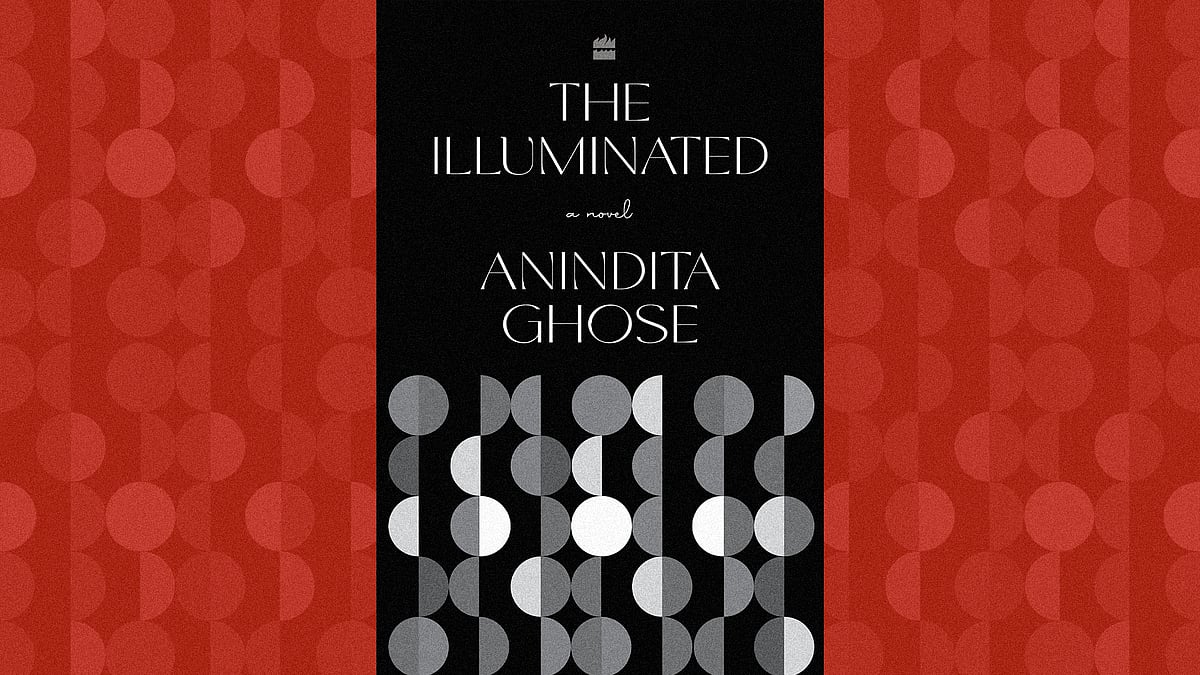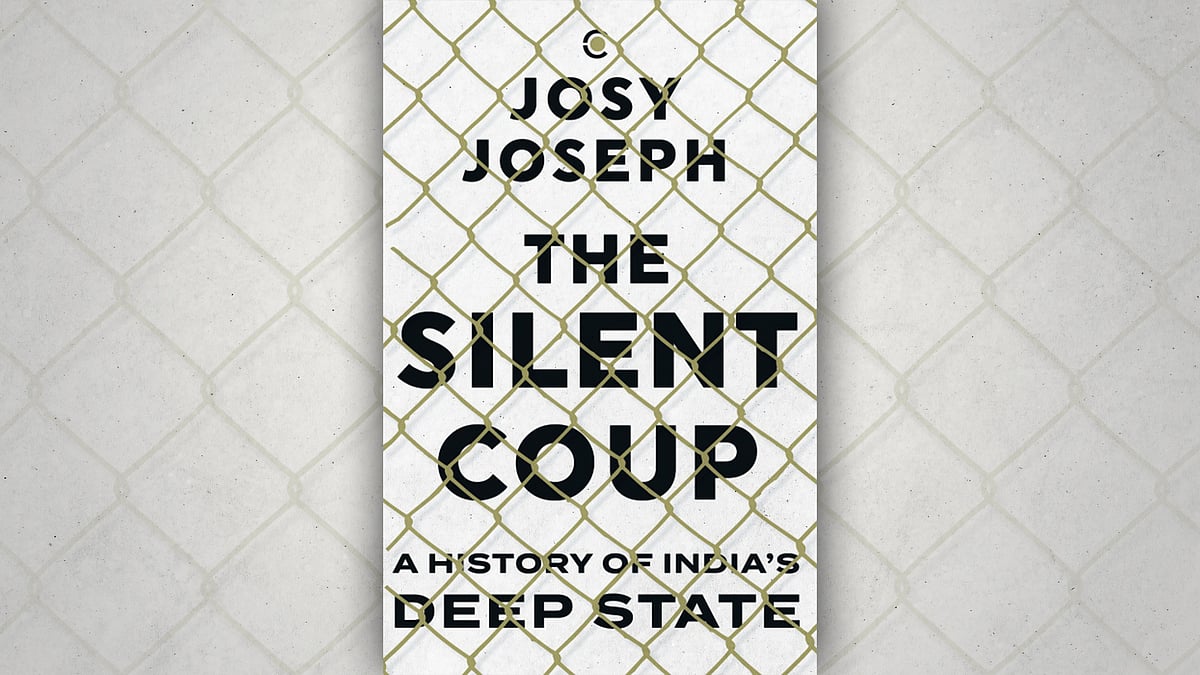From rich data to dispassionate analysis, Nalin Mehta’s The New BJP is a work of empirical ambition
Using innovative statistical measures, it traces the BJP’s historic journey to become India’s largest political party.
Almost three years after political scientist Rajni Kothari used the phrase “Congress system” in 1964 to describe the party’s dominant position in Indian politics as an umbrella, an opposition party was grappling with another side of the story.
It was 1967. During a party meeting at Calicut, Deendayal Upadhyay, the leader of the BJP’s predecessor Bharatiya Jan Sangh, talked about political untouchability practised against the party. He hinted at the unwillingness of other political forces to ally with the Jan Sangh in mounting a challenge to one-party dominance.
But five decades later, the turnaround has been historic. Today, the BJP forms the pivot of Indian politics – a dominance that could not be foretold by even its spells of modest success and stints in power in some states and the centre from the 1990s.
This has also meant that recent years have seen a spurt in efforts to study, explain and interpret the party’s phenomenal rise. More often than not, such efforts have been coloured by value judgements and the political outlook of the authors. Thus, they added little value to the task of understanding the political space, social dynamics, and evolving strategies that have shaped the party’s ascendancy.
That, however, hasn’t held back academic and journalist Nalin Mehta’s The New BJP (published by Westland) from being the most ambitious attempt at using fresh data and analytical tools to dissect different facets of the current BJP’s widening electoral appeal and social base, its policy measures and political messaging, especially the style and substance of its digital outreach. In that context, the book marks a point of departure in “treatises on BJP” – a genre that has come into its own in recent years.
At the outset, while steering clear of the lure to evaluate recent strands and shifts in Indian politics, Mehta is clear about what the book will probe.
“Why did the BJP start winning on this scale?” he writes. “Was it only because of a cultural shift in India? Or was its edifice of expansion built on creating a much wider, deeper superstructure of new constituencies of voters who aligned with it for reasons beyond the cultural divide? How did the BJP’s growth patterns differ across India’s regions, in new catchment areas where it had never held sway before or in areas where it failed to make inroads? In other words, what really was happening in India, how did the BJP systematically become the country’s largest political party and its fulcrum of power? These are the fundamental questions I seek to answer.”
Such questions, as he sees it, need to be examined because “it was vital at this point in India’s national journey to understand the levers of its [the BJP’s] political growth dispassionately”.
It’s anybody’s guess as to whether all these questions, that too in their entirety, could find answers in the book. But the empirical goals it has set for itself are impressive, even if partly achieved. Its methodological core – field visits, interviews and conversations over the years, written sources, archives, documents – has led to two innovative statistical measures.
First, Mehta and data scientist Rishabh Srivastava developed a data-mining software called Normative Analysis of Reporting and Discourse, or NARAD. This was used to create an original database of 11,588 BJP-related documents between 2006 and 2019, approximating 17.9 million words. AI tools were put to use to identify patterns in such a wide array of data.
The inferences that could be drawn are important. On political messaging, for instance, unlike what many commentators believe, religious identity issues like the Ayodhya temple featured quite low in the party’s pecking order of communication priorities, coming after issues like development, defence, agriculture, women, youth and Kashmir. Interestingly, a degree of the relentless targeting of the key national opposition was also visible as the data revealed that the BJP used more words slamming the Congress than talking about itself.
Second, Mehta, in collaboration with journalist Sanjeev Singh, came up with the Mehta-Singh index to measure the BJP’s social base. The fact that the party worked on the social engineering of expanding the party beyond the limits of upper caste support groups to a number of OBC and Dalit groups is documented through numbers. The data showed that while becoming a poll behemoth, the BJP ensured that it became more and more socially representative. In the Hindi heartland states, this has also been used to challenge the social coalition of regional parties. On the national stage, the BJP was alert to take into its fold the OBC support base in a number of states, a catchment area left open by the Congress in the early decades after independence. In the pursuit of what American political scientist Paul Brass had termed as a “coalition of extremes” in states like Bihar – which meant a support base among upper castes, Muslims and Dalits – the Congress left a large section of OBCs unattended and unaccommodated.
Even in the recent Uttar Pradesh poll, the widening of the party’s support base groups, as well as diversity in its representation, further attest to the book’s statistical indicators. On this count, Mehta could have elaborated on how the party’s successful forays into winning new caste groups of OBCs and Dalits was accomplished without distancing its traditional voter base among upper caste groups. Here, the book seems more focused on “what” and not “why” – an understandable frame but perhaps putting together both could have further benefited students of social politics.
The other baggage that the BJP has been able to shed in recent years has been its earlier limitation as an urban party. In Hindi heartland states, and Mehta uses UP as a large case study to produce data, the party has emerged as the rural party as well, establishing a clear edge over its rivals. Overcoming this spatial challenge was important for the party’s growth. As early as 1990, scholar Bruce Desmond Graham’s study of the BJS (Hindu Nationalism and Indian Politics: The Origins and the Development of Bharatiya Jana Sangha, Cambridge University Press, 1990), the BJP’s precursor, had noted that in states like UP, the party’s efforts to expand in rural areas were not successful, and were even resisted. Put in that context, the BJP’s success today in making deep inroads into villages and then building rural strongholds in the Hindi heartland seems a feat accomplished against the weight of history.
A good measure of this turnaround has also been achieved by how the BJP has prioritised social welfarism in its policy interventions. Various schemes centred around cash transfers, access to cooking gas, healthcare, housing and efficient delivery of rations, to name a few, have created a new political constituency of beneficiaries, called the labharthi vote. More recently, even the rough edges of poor health infrastructure during the pandemic were, to an extent, blunted by taming extreme hardship through welfare initiatives. The book puts together numerous sets of data on welfare interventions and the focus on delivery. Even if this could be seen as taking a leaf out of the Congress’s stylebook, its execution and public projection has built a support base of its own, especially among women voters.
However, it’s not only welfare politics that has brought it the goodwill of women voters. In Mehta’s analytical frame, the BJP’s casting the idea of the national in the image of motherhood had a ring of reaching out to a different set of spiritually-inclined womanhood. The author reflects on how it had the imprint of the milieu-specific agency of womanhood. That the third wave feminism could allow for these variations might be another argument that the book fleetingly touches upon.That, however, is a more abstract part of an effort that has more to do with hard numbers of empirical analysis.
The party’s successful expansion in northeast states, and its challenges and mixed results (such as in Karnataka) in the south, also finds space. As a party working to make inroads into new geography and support groups, the BJP’s failures and its review are seen as vital to how the party holds onto its ambition of a pan-India footprint, even sway.
In navigating the numbers, Mehta is careful about not getting lost in them. The book is sprinkled with notes from field studies and a number of conversations. Some of which could have been given more space to put the numbers in perspective, such as how close or sometimes misleading they could be in measuring mass perceptions. To add to that, the book makes interesting points about the BJP-RSS convergence and divergence. In the process, the book also counters the conventional thinking about the BJP’s dependence on RSS workers for campaigns. In the last few years, the BJP cadre strength has outnumbered that of the RSS by a fair distance, thus making the latter an auxiliary force to the mainstay of the BJP workforce in conducting poll campaigns or public communication at the ground level.
The 809-page tome has obviously covered more ground, including chapters on the party’s ideological evolution, particularly the economic worldview. Similarly, it has traced some parts of the current discourse in general and the party’s perspectives to the early decades of post-independence politics in India. Even though leaving a historical register isn’t one of the book’s aims, it has left some informative notes on party competition.
Amid the recent flurry of party-specific treatises, Nalin Mehta has offered a work of empirical ambition, with a blend of data-rich insight, the analytical frame of a political scientist, and journalistic reportage. The book will provide students of politics some of the tools to revisit the BJP turnaround story and its rise to the pivot of Indian polity and reshaping social coalitions. In doing so, the focus of what might at times make the why take a backseat, but that would have interrupted its empirical narrative. Answering the many whys, and there could be many answers, awaits another tome. By all accounts, the genre of treatises on the party is going to have a longer run.
 The Illuminated sets out to decode India’s political zeitgeist, ends up caricaturing it
The Illuminated sets out to decode India’s political zeitgeist, ends up caricaturing it The Silent Coup: How a private company used Punjab police as goons for hire
The Silent Coup: How a private company used Punjab police as goons for hireNL Digest
A weekly guide to the best of our stories from our editors and reporters. Note: Skip if you're a subscriber. All subscribers get a weekly, subscriber-only newsletter by default.
